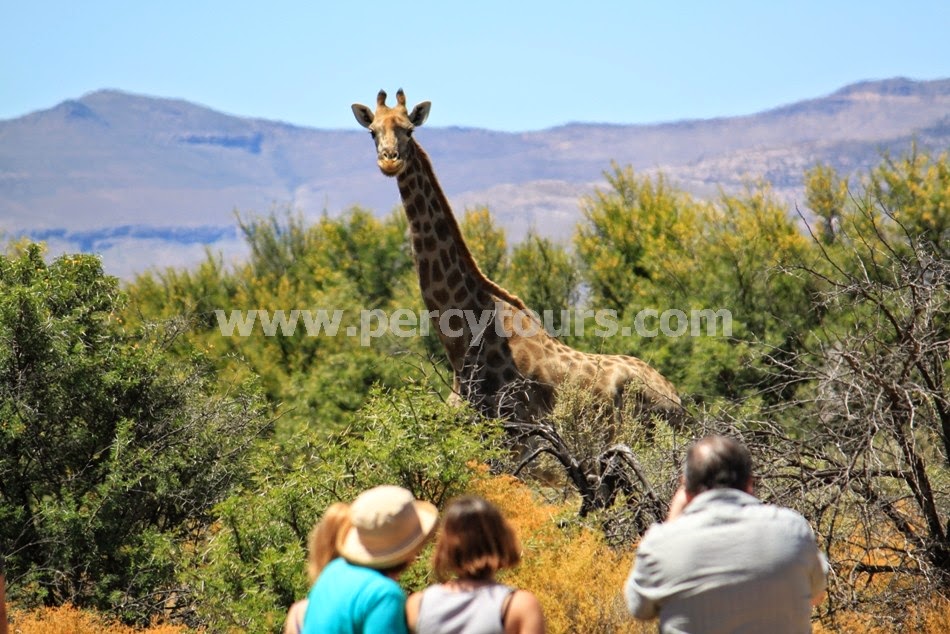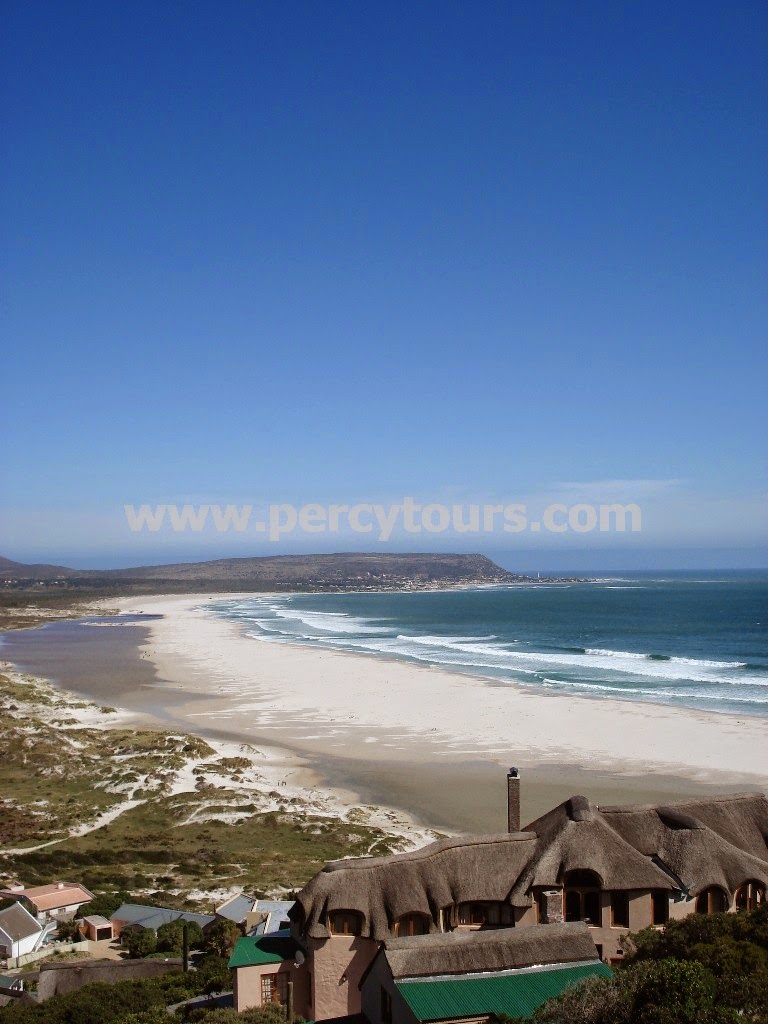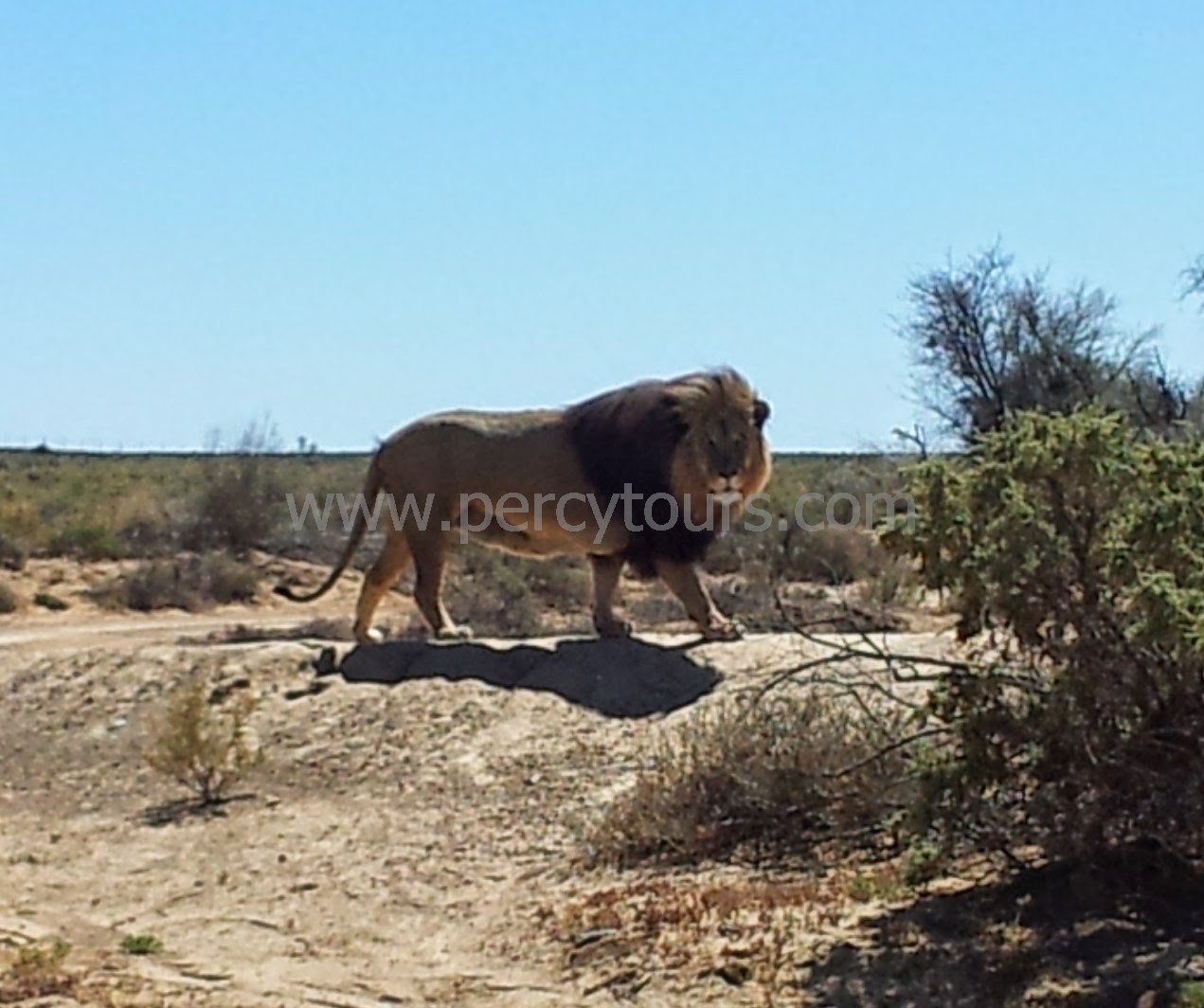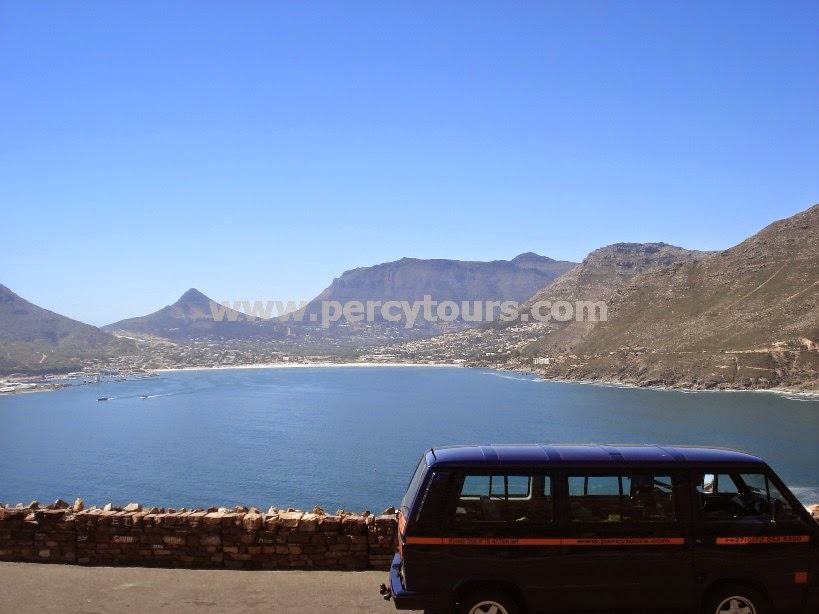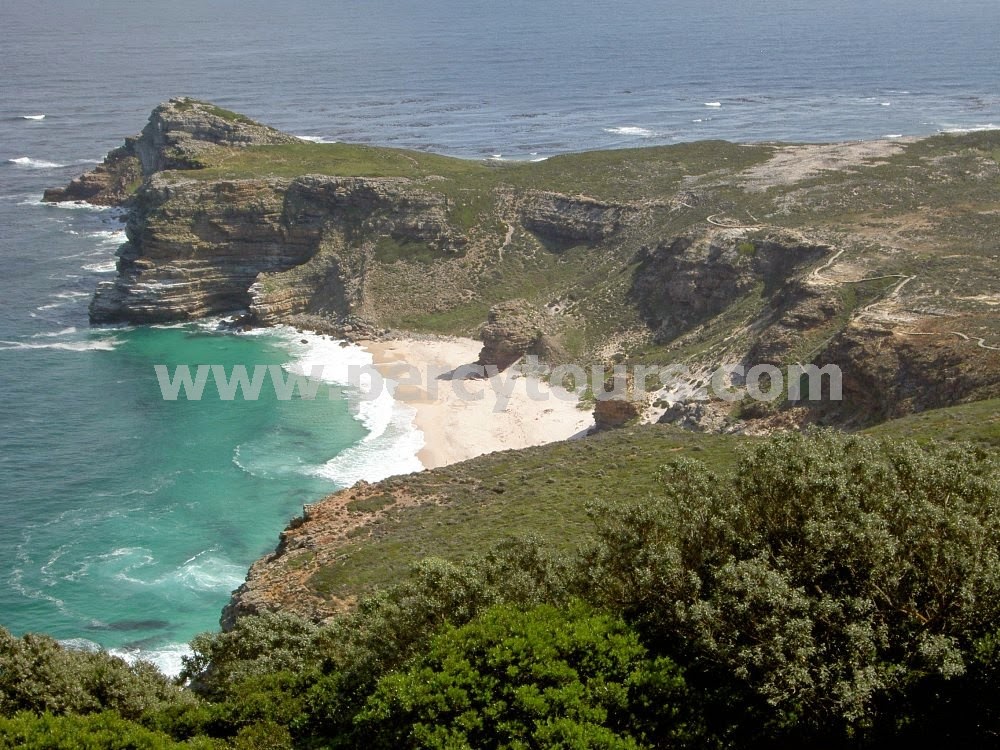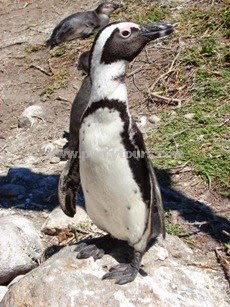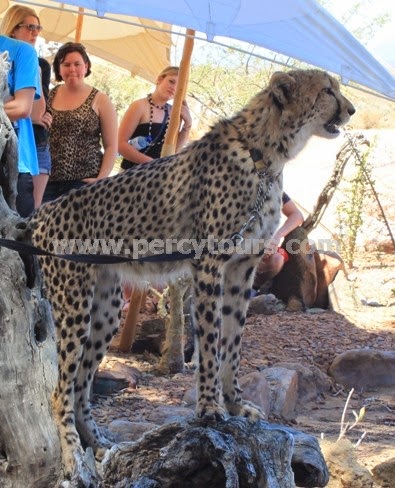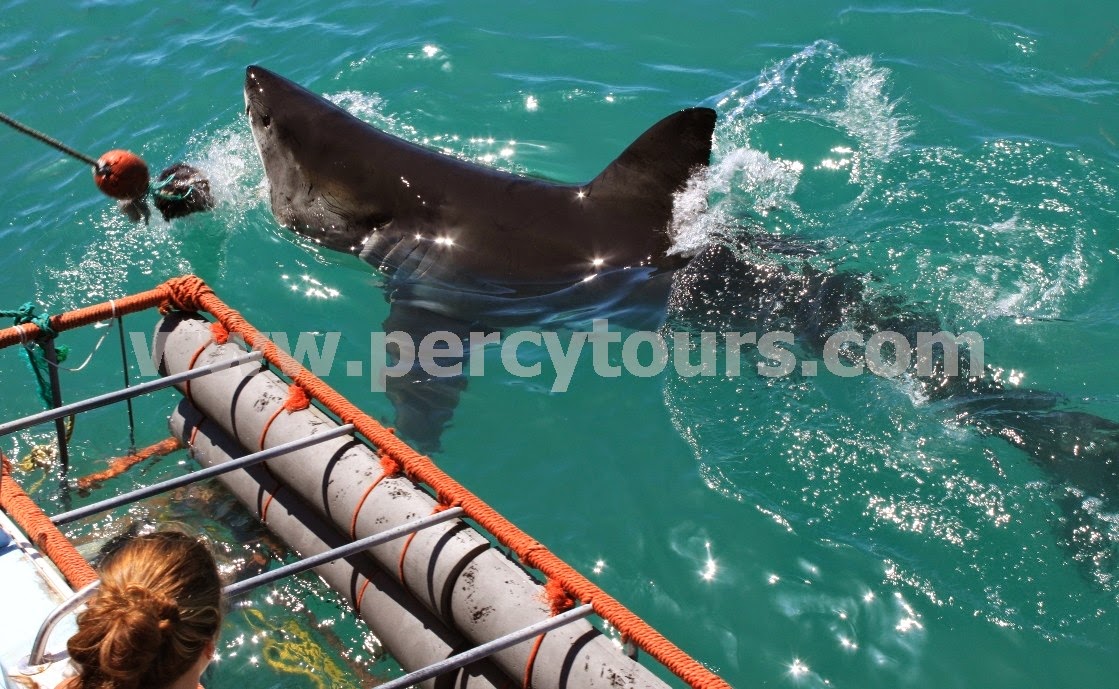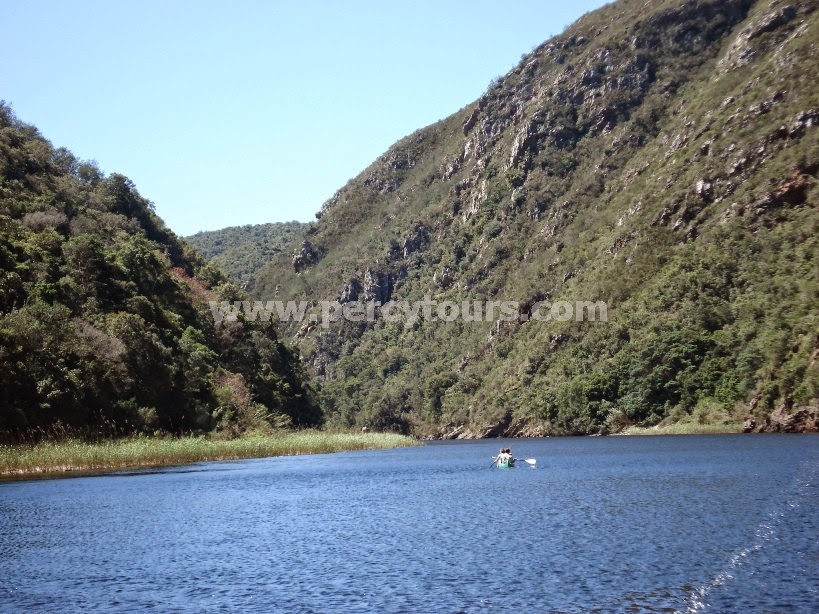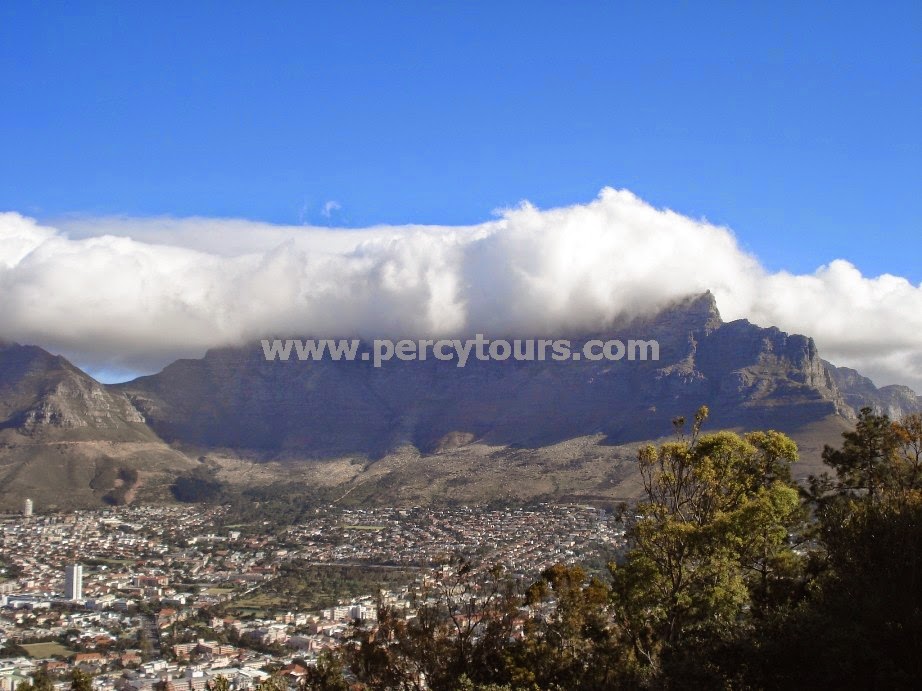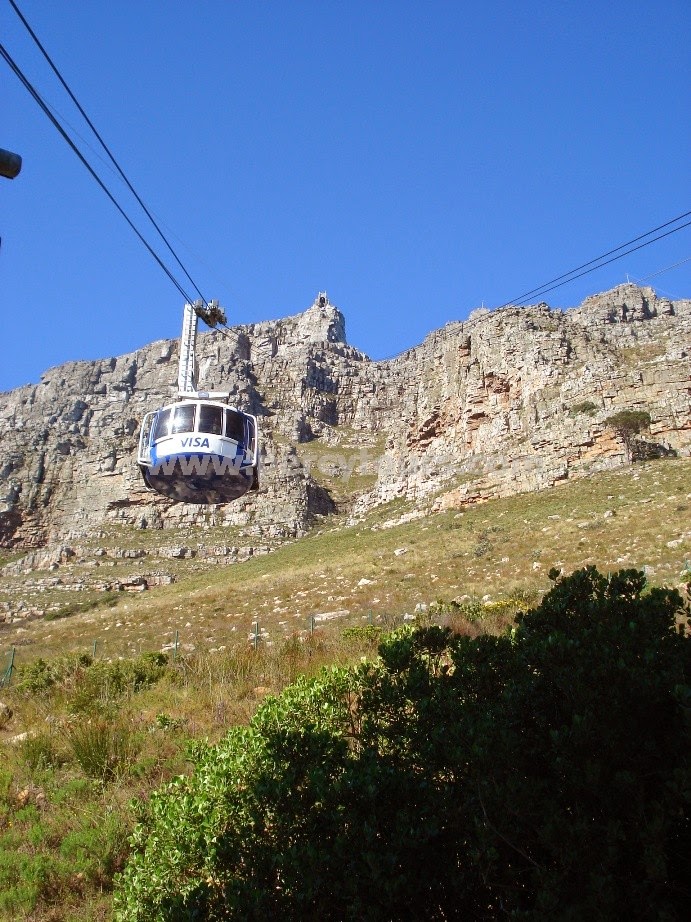Leopards in the Hermanus
mountains (and beyond)
On
a recent tour to the Cederberg, I was honoured to have met the owners,
organisers and field researchers of the Cape Leopard Trust and was awe-struck
at how much they are doing for conservation.
The
Cape Leopard Trust aims to facilitate conservation of the Cape's
predator diversity through implementing conservation strategies, research
projects and tourism initiatives, while also educating and encouraging the
youth to have a vested interest in the environment, plus doing major work to find
solutions to human-wildlife conflicts, with especially farming and habitat
loss.
4
major locations are constantly being researched and studied – Cederberg,
Swartberg, Namaqualand and the Boland mountains from Hermanus up past Worcester.
In
the past, 8 leopard were killed per year in these areas, but thankfully since
the Cape Leopard Trust started it’s amazing work, there have been no leopards
killed since 2007, which all comes down to the great work of constantly informing
the local communities and the importance of public awareness about the plight
of these magnificent creatures.
The
adult Fynbos Cape Leopard is much smaller (20 to 30kgs) than the Karoo Leopard
(up to 50kgs) and Savannah Leopard (which can reach 50 to 80kgs) – which all
comes down to their prey species – 78% of a Fynbos Leopard’s diet is Rock Hyrax
and Klipspringer.
The
Boland project is only 2 years old, covering over 3000 km sq and is split into
3 areas, with the southern most one equipped with 82 camera traps at 50 spots
and has so far successfully counted 18 adults, 2 cubs and identified 25
different prey species.
Camera
traps are a very important research tool as they take photos of every animal
that walks past them and so the entire bio-diversity can be analysed and population
figures can be calculated. GPS collars are also very useful at accurately
measuring the movements of 1 individual creature and vastly help in working out
the exact “home- range” of each Leopard, with males having much large ranges (350
to 1000km sq) which overlap with afew females ranges.
Hermanus
has certainly had its fair share of recent sightings and encounters with our
local Leopards. In June 2011 a young male Leopard was caught in a hi-tech trap
and fitted with a GPS device so as to monitor its movements in the mountains
near Tesselaarsdal
in the Hemel-en-Aarde valley. Grootbos (near De Kelders) camera-trapped a
Leopard in October 2011 only 4 days after they had set up the camera; while
next door the Flower Valley camera-trapped 2 Leopards (a male and a female) in
Jan 2012. Further inland, the Platbos
Forest and Farm 215 have
also reported that Leopard tracks and spoors have been spotted.
It
is highly encouraging and an absolute delight to know that these wildlife
conservation organisations are doing such incredible research work to conserve
our amazing natural wonders.
Credit
and thanks must go to the Cape Leopard Trust, Quinton and Liz – www.capeleopard.org.za
There
are many African animal encounters close to Hermanus for you to enjoy – from
stroking Cheetahs, African Birds of Prey, Whales, Sharks, Seals, Penguins and
an excellent Safari park 2½ hours away, for loads of ideas check out - www.hermanusactivities.net
Authored by Percy Tours – www.percytours.com / 072 062 8500
As ever we are all over the internet with loads of jovial and informative natterings – so why not check us out at –
Percy Tours Business Page on Facebook
Percy Tours on Twitter
Percy Tours 100s of photos on Flickr
Percy Tours Youtube videos
Until next time, cheers,
Percy at Percy Tours, Hermanus, South Africa.
www.percytours.com
Designer Tours (and transfers) of Hermanus, Cape Town and the whole Western Cape region.



